It’s easy to think of dinosaurs as ancient history—fossils in museums, dramatic CGI creatures in films, and nothing more.

But the reality is, they never fully disappeared. While the big ones might be gone, their legacy is still stitched into the way ecosystems function, the behaviour of modern animals, and even the shape of today’s landscapes. From their feathered descendants to the impact they had on soil and forests, dinosaurs are still echoing through time in ways we’re only starting to fully grasp. Here are some of the more unexpected ways they’re still part of life on Earth.
1. Birds are literally living dinosaurs.
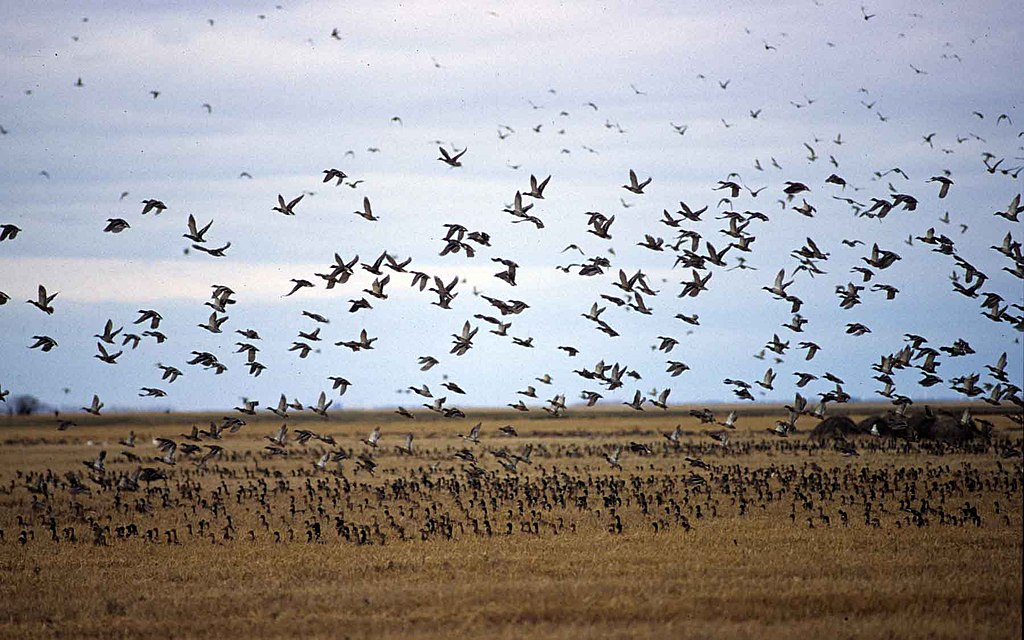
It’s not just a fun science fact—birds are direct descendants of theropod dinosaurs, and that evolutionary link runs deep. Everything from their hollow bones and beaks to nesting habits and feathers traces back to traits seen in ancient dino species. So when you see a robin hopping around or a pigeon strutting down the pavement, you’re technically looking at a modern-day dinosaur. They’re just smaller, chirpier, and more adapted to rooftops than rainforests.
2. Seed dispersal still follows patterns set in the dinosaur age.
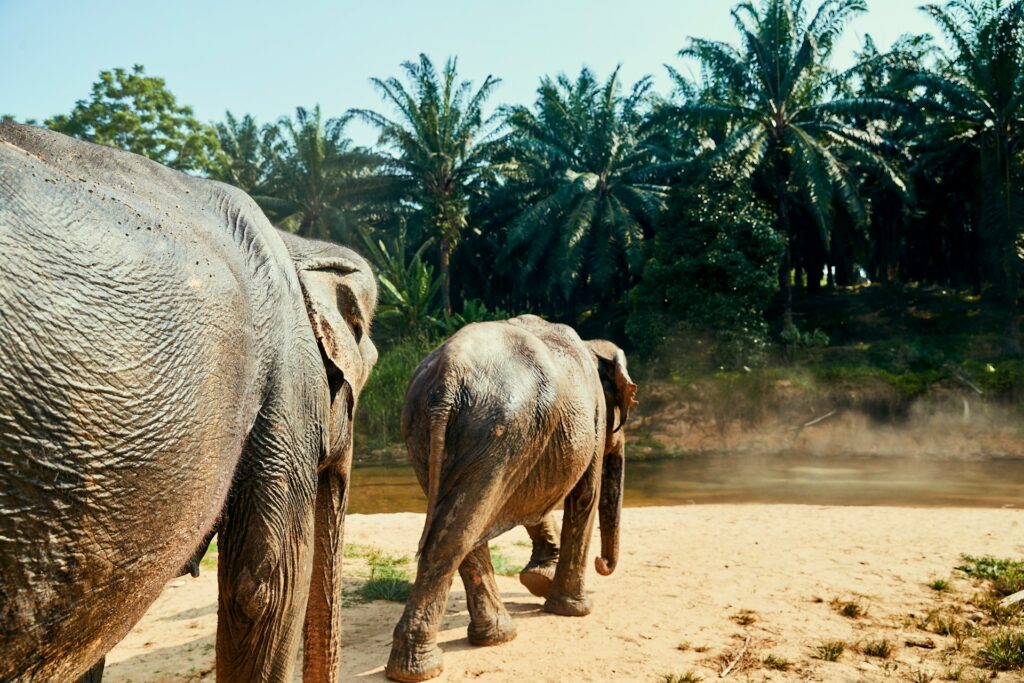
During the Cretaceous period, large herbivores played a big role in spreading seeds across wide areas. Their constant grazing and movement helped shape plant growth, forest structure, and species diversity—patterns that stuck around long after they were gone. Modern animals like elephants, tortoises, and even some birds now fill that role, but the idea of giant animals shaping plant evolution? That started with the dinosaurs, and ecosystems are still running on that blueprint.
3. Some ecosystems were literally built on dinosaur remains.
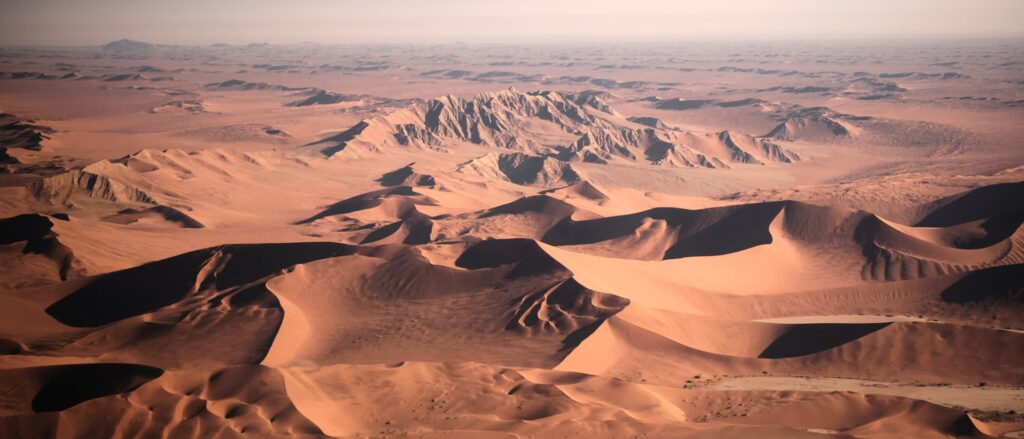
It’s a bit eerie, but true—dinosaur bones have added minerals and nutrients to the soil for millions of years. In some fossil-rich areas, those remains still influence plant life by enriching the ground beneath them. Think of it like ancient compost. Even in death, dinosaurs contributed to the base layers of modern biodiversity, especially in regions like the Gobi Desert or North America’s badlands.
4. Nesting behaviours in birds mirror their dinosaur ancestors.
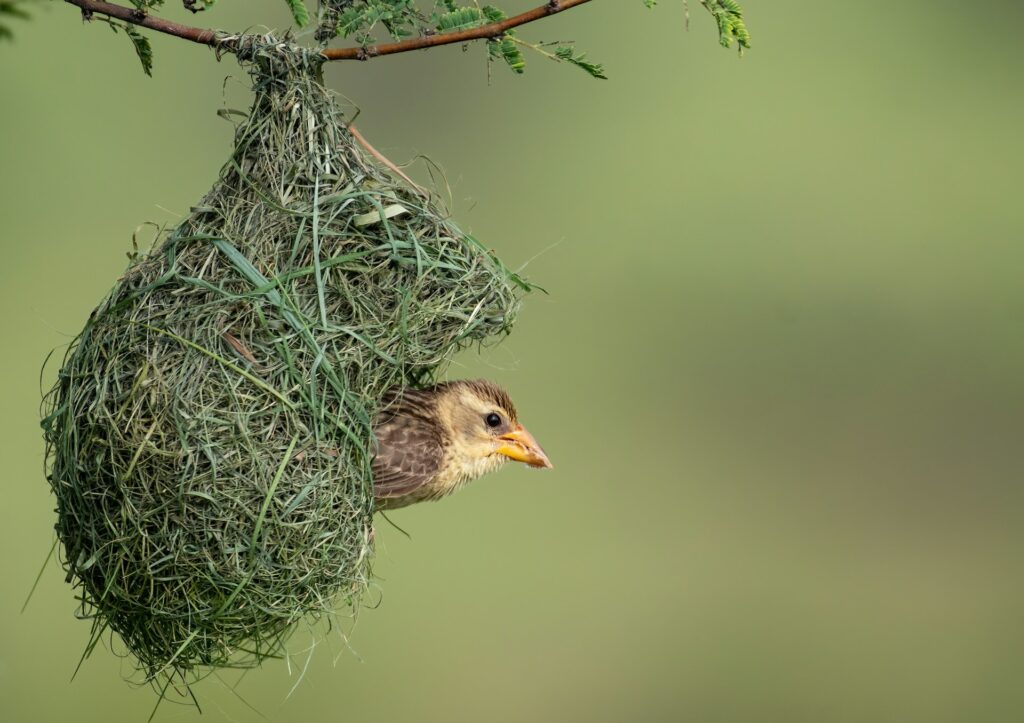
Birds building careful nests, guarding eggs, and feeding hatchlings didn’t come out of nowhere. Fossil records now show that some dinosaurs did all of that too—like oviraptors, who brooded their nests in near-identical poses to modern birds. That continuity means dinosaurs weren’t just lumbering giants—they were attentive parents. Those same strategies are still being used today, passed down generation after generation, species after species.
5. Flight evolved directly from dino anatomy.
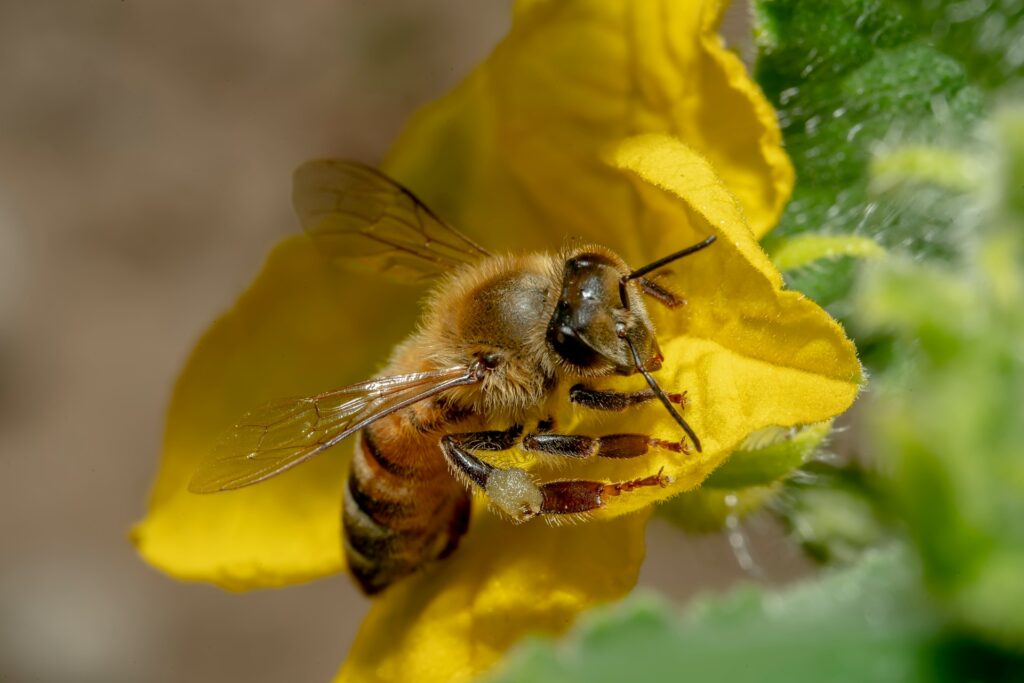
The leap from ground-walking to sky-soaring might seem massive, but it was built step by step through feathered dinosaurs developing stronger arms, lighter bones, and better balance. Archaeopteryx and other transitional species show how flight came from a long stretch of experimentation. Without those awkward, semi-flighty dino stages, we wouldn’t have the complex aerial ecosystems we rely on today—pollinators, seed spreaders, insect control. The skies got their start with dinosaurs.
6. Predator-prey dynamics have been shaped by ancient hunting.
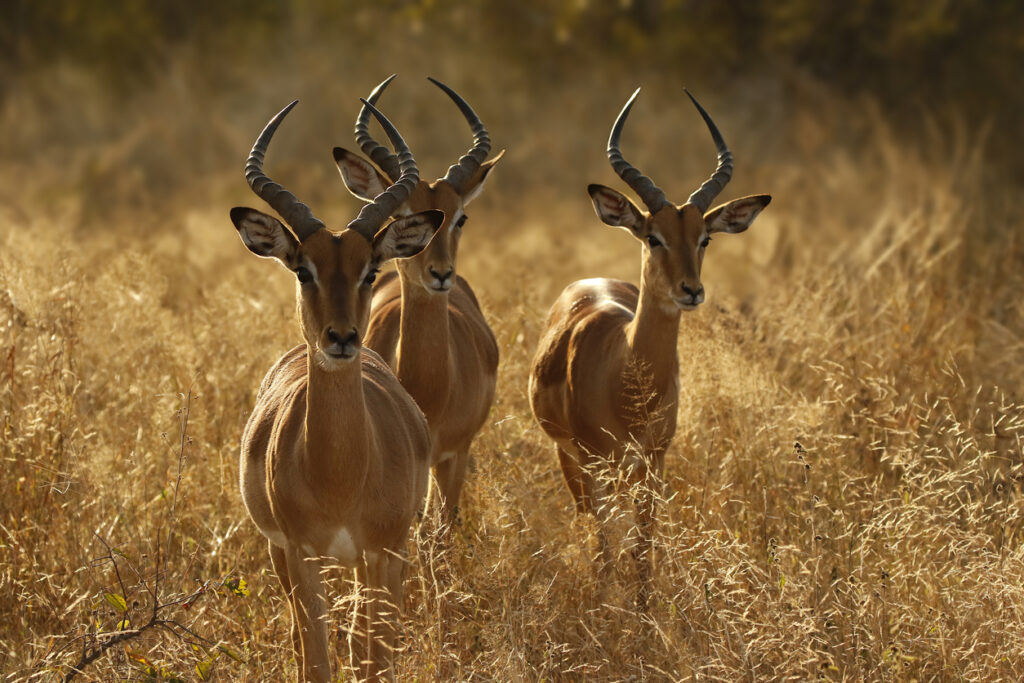
Many of today’s predator-prey relationships were shaped by what came before. For example, defensive traits like horns, spikes, and camouflage became common because dinosaurs were very good at hunting. These evolutionary arms races didn’t just vanish with the dinosaurs—they carried forward, influencing everything from how deer respond to threats to how birds camouflage their eggs. It’s a survival dance that’s been going on for over 100 million years.
7. Some plants still show “dino-proof” features.
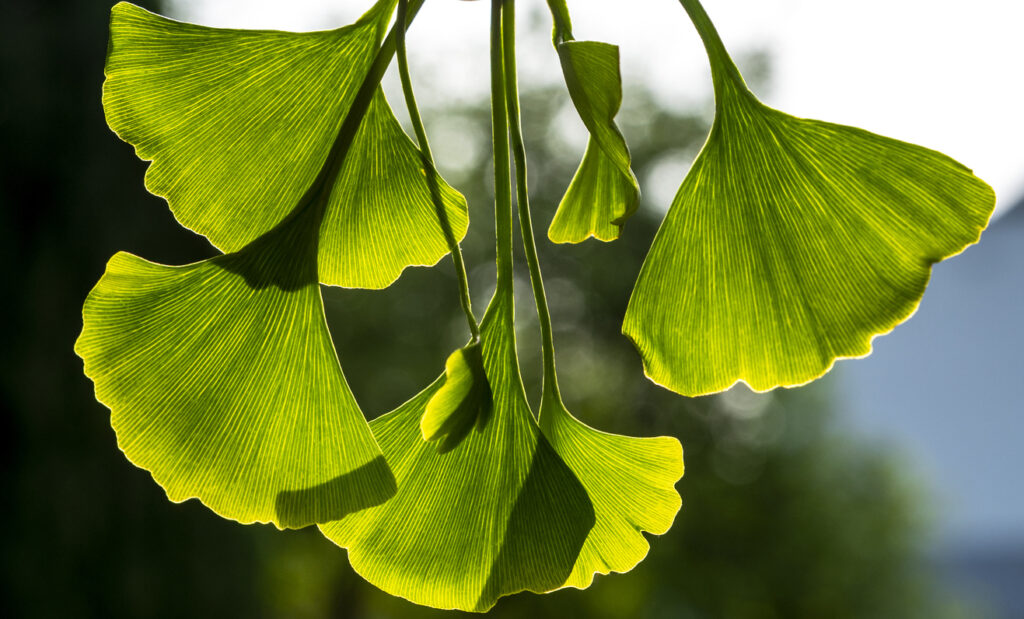
Certain plants, like cycads and ginkgos, evolved tough leaves, bitter toxins, or strange reproductive strategies specifically to survive dinosaur herbivores. And those features stuck around, even though the dinosaurs are long gone. These so-called “living fossils” are like botanical time capsules. They’re still growing, still using their ancient playbook to avoid being eaten, even if the grazers they were built to outwit are extinct.
8. Soil patterns in some areas were shaped by dino movement.
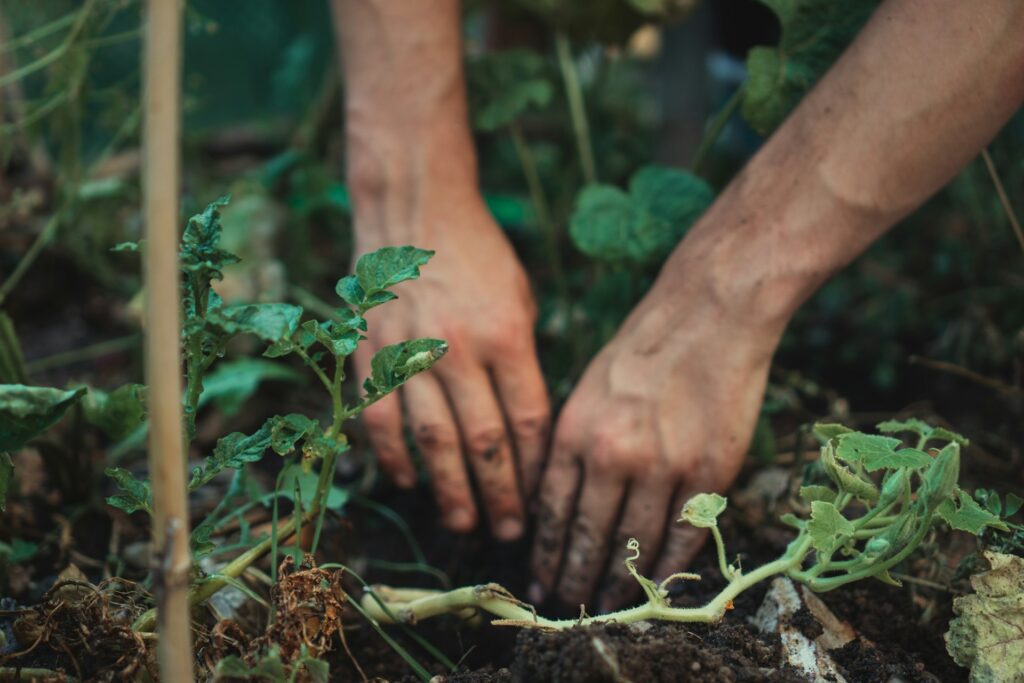
Massive sauropods trampling through ancient forests created paths, compacted earth, and water channels that shaped the ground. Over time, those patterns affected how water flowed, where plants could grow, and how other species used the land. In some fossil beds, you can actually see these ancient trails preserved, and they still influence topography and erosion patterns to this day.
9. Modern scavengers echo ancient clean-up crews.
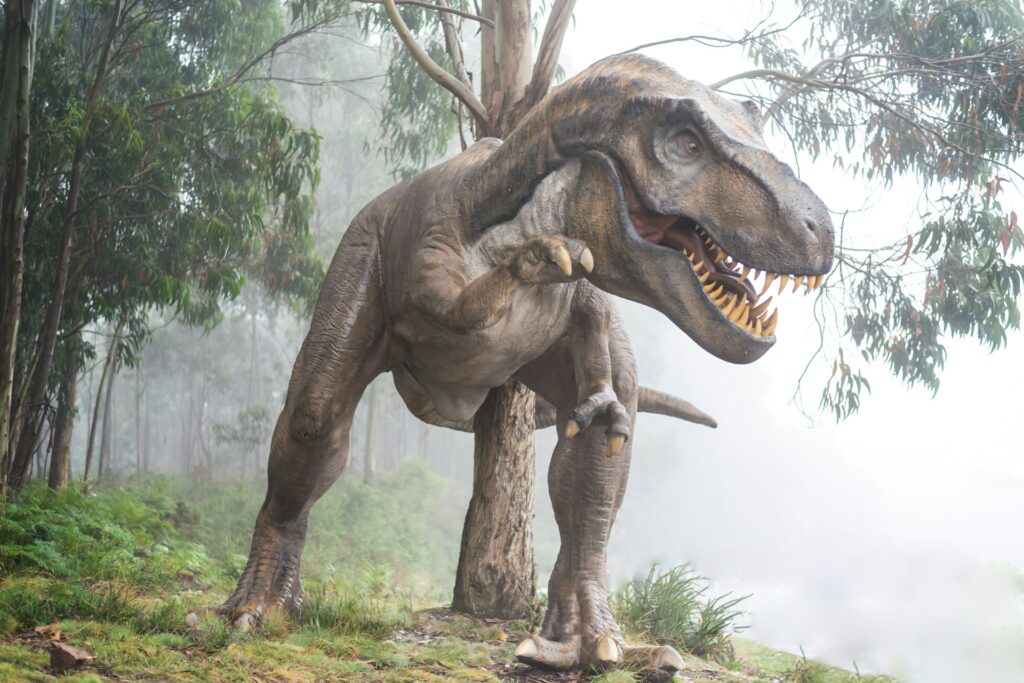
Back in the dino days, there were likely species that specialised in feeding off dead giants—kind of like the T. rex, if the debate leans that way. That ecological role didn’t vanish; it passed to vultures, hyenas, and other scavengers that help recycle nutrients and keep disease in check. These animals are essential to healthy ecosystems, and their role today is a direct continuation of what began millions of years ago with dinosaur-era clean-up crews.
10. Migration patterns in birds mirror ancient dino routes.
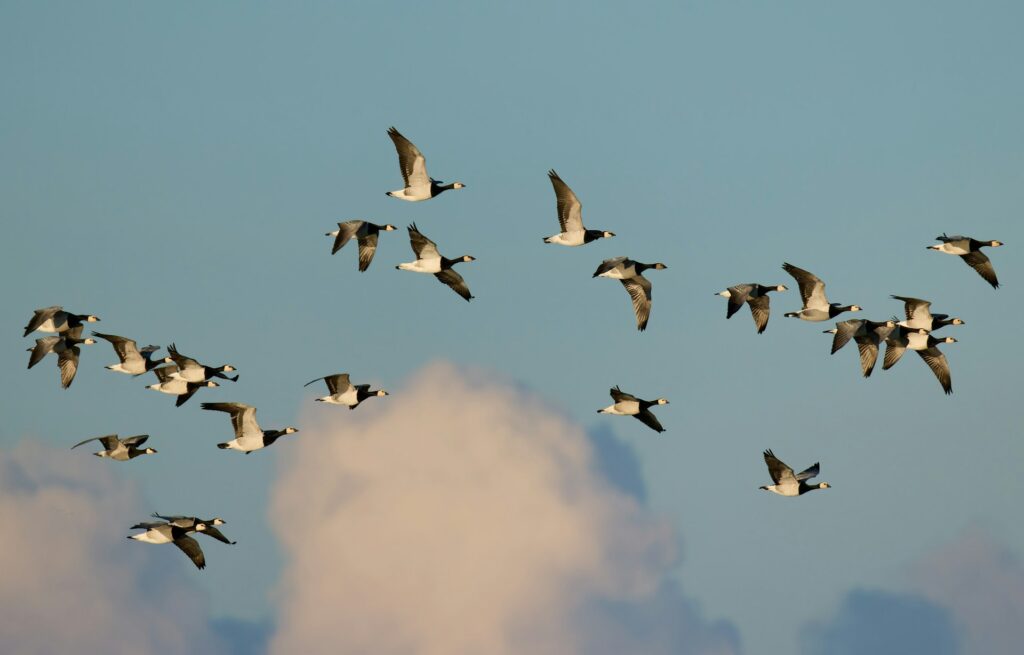
Some modern bird migration routes—especially those tied to geological features like mountain ranges and coastlines—might actually reflect routes once used by their dinosaur ancestors moving seasonally across continents. It’s not just instinct—it’s old, deeply embedded behaviour shaped by a very ancient need to follow food, warmth, or nesting conditions across vast distances.
11. Feathers changed ecosystems long before birds.
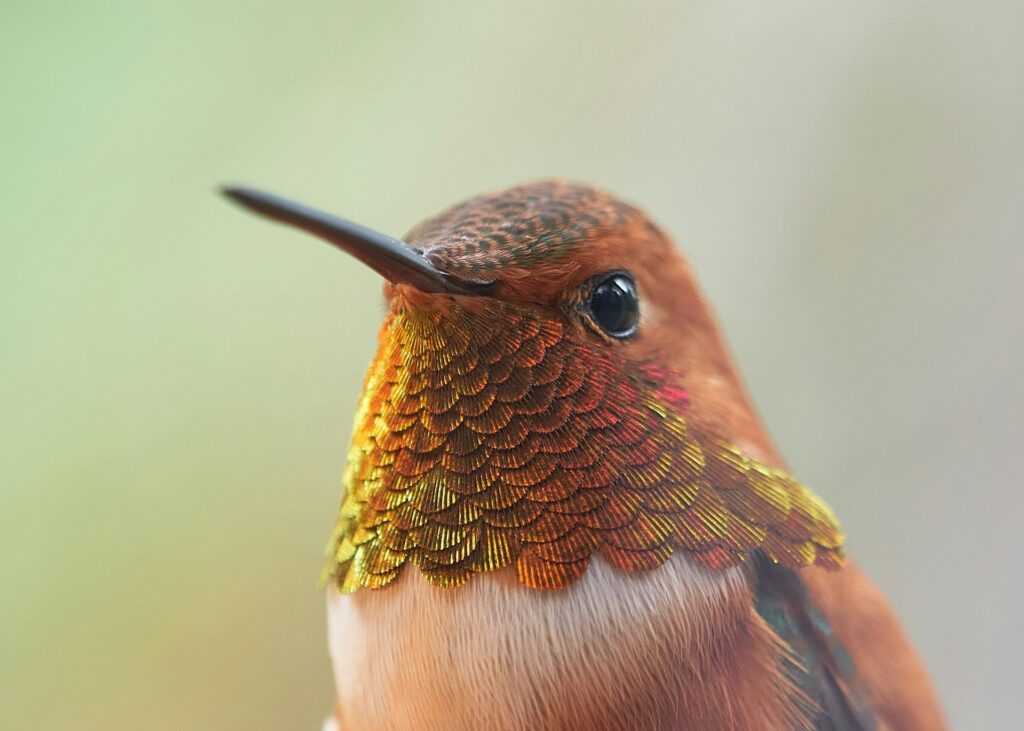
Feathers didn’t evolve first for flight—they likely began as insulation or display features. And those fluffy dinosaur coats changed how animals interacted with their environment. They altered heat retention, camouflage, mating, even how certain plants may have spread. Before flight was even a thing, dinosaurs were already reshaping the environment with their evolving feathers—setting up the eventual explosion of bird life we see today.
12. We study ecosystems using dino-shaped clues.
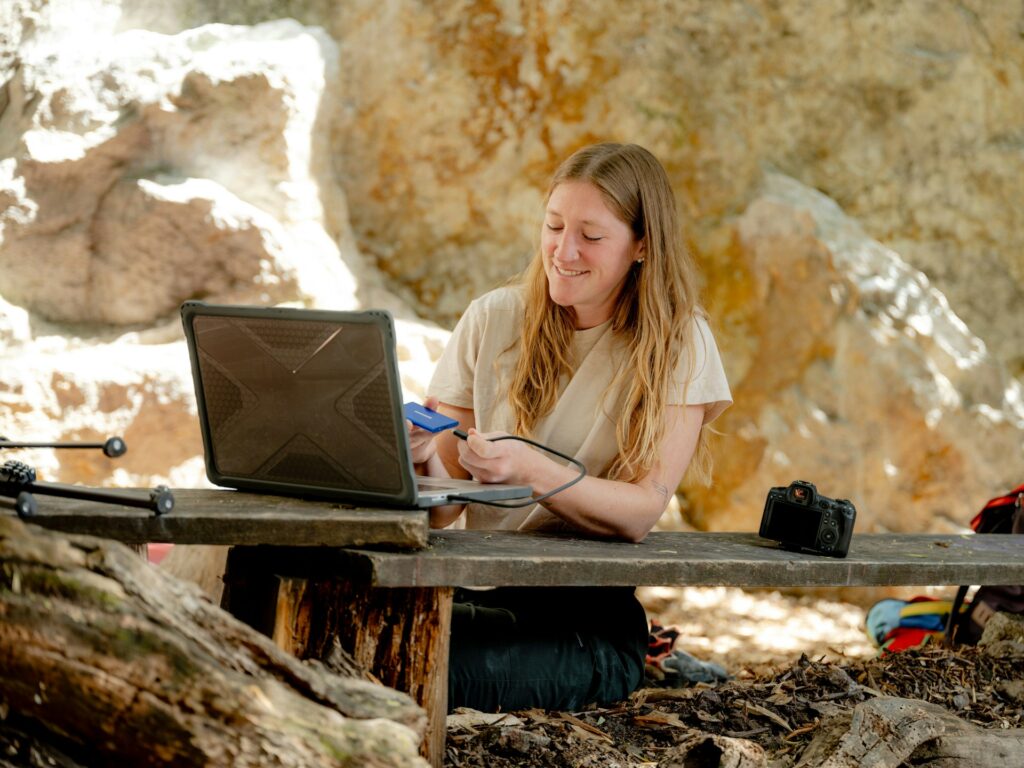
Fossils don’t just tell us about extinct species—they help us understand how ecosystems change over time. By looking at what dinosaurs ate, how they moved, and how they died, scientists can piece together ancient food chains and environmental changes.
That gives us tools to understand modern extinction risks, habitat collapse, and species recovery. So in a way, dinosaurs are still helping us protect life today by showing us what can go wrong, and what might still go right.